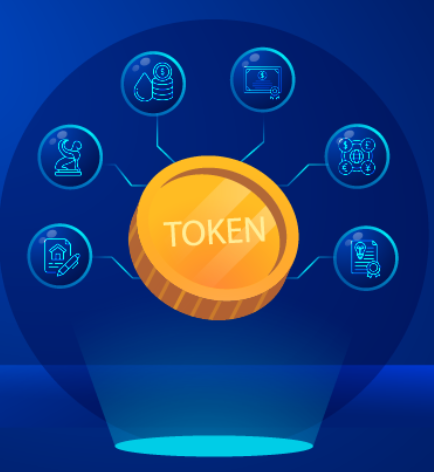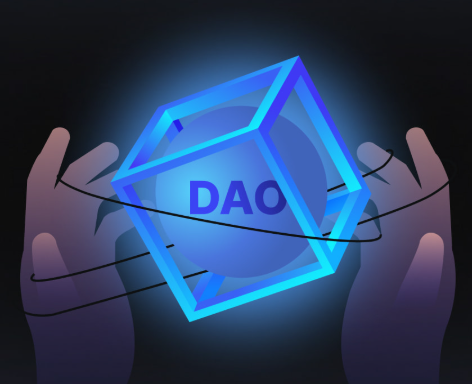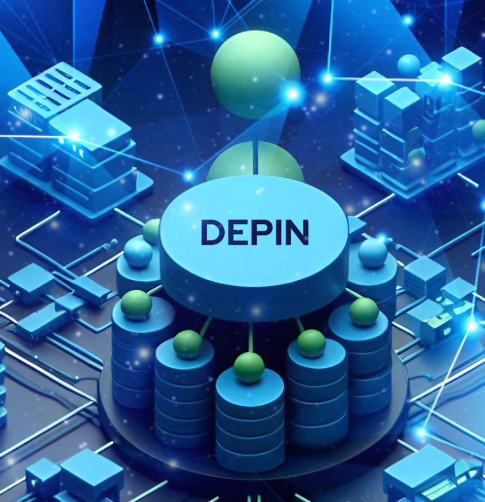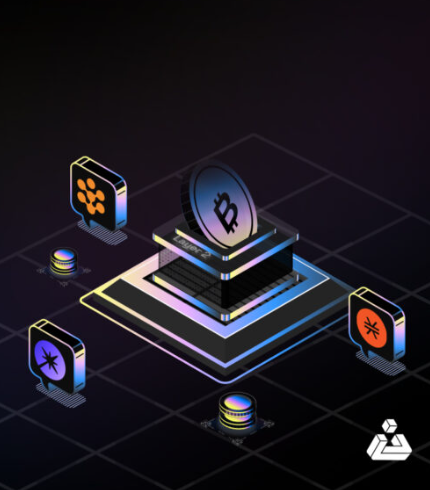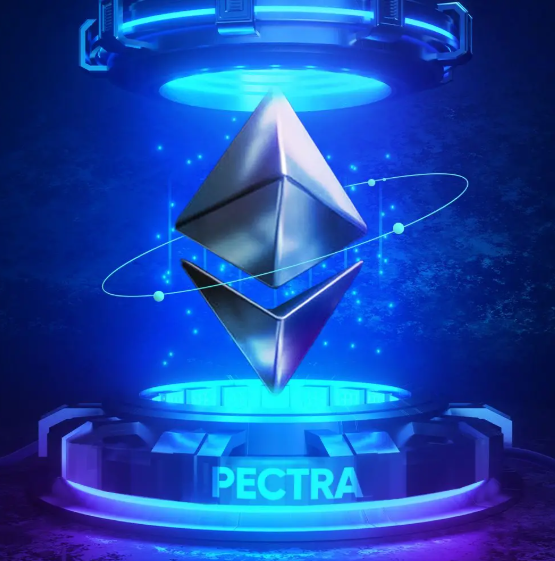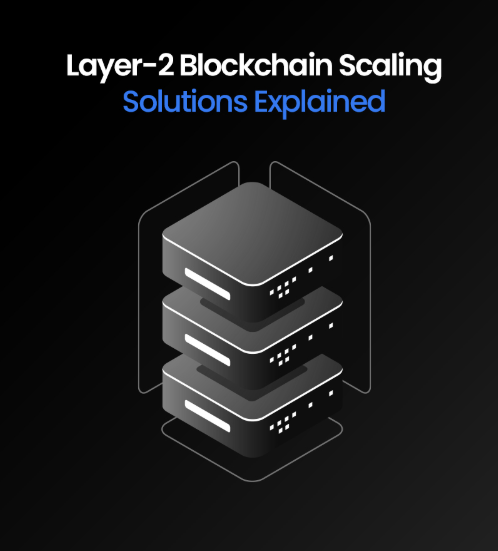
Token launches play a critical role in the success of blockchain projects, acting as essential mechanisms for fundraising, community engagement, and establishing a market presence. However, navigating the complexities of token offerings, including ICOs (Initial Coin Offerings) and IEOs (Initial Exchange Offerings), can be challenging due to the evolving regulatory environment, especially in the United States, where the SEC has strict views on token sales. With the SEC using the Howey Test to determine if a token qualifies as a security, blockchain projects must carefully plan their token launches to avoid legal pitfalls. Here, we break down five crucial rules that every Web3 project should follow for a successful token launch.
1. Avoid Public Token Sales in the U.S. for Fundraising
One of the most critical steps for any blockchain project is to refrain from publicly selling tokens to U.S. investors as part of fundraising efforts. Under U.S. law, particularly the Howey Test, such public sales can be deemed as selling unregistered securities, triggering legal issues with the SEC. The Howey Test assesses whether a transaction involves an investment of money in a common enterprise with the expectation of profits derived from the efforts of others.
To reduce the risk of SEC scrutiny, projects can focus on private token sales to accredited investors or exclude U.S. residents from their offerings. The ICO boom of 2017 serves as a cautionary tale, where many projects faced regulatory crackdowns and collapsed due to non-compliance. It’s essential to rethink token sales and fundraising strategies globally, exploring private channels or jurisdictions with more favorable regulatory environments.
2. Emphasize Decentralization
Decentralization is at the core of Web3’s ethos and is a critical factor in ensuring that your project avoids being labeled as a security. Centralized control can lead to regulatory concerns, especially if tokens are seen as speculative investments controlled by a central entity. Therefore, decentralizing your project’s governance and operations helps align with both Web3 principles and regulatory expectations.
A practical approach to decentralization is using the DXR framework, which focuses on decentralizing control, excluding centralized features, and restricting insider influence. By prioritizing decentralization, your project not only aligns with crypto’s foundational principles but also sends a message that your token serves utility or governance purposes rather than being just an investment, thus reducing the risk of legal challenges.
3. Be Mindful of Your Communication
What you communicate to your audience plays a significant role in how your project is perceived by regulators. Framing your token as an investment vehicle or promising profit-driven returns can invite regulatory scrutiny, especially from the SEC. Instead, your messaging should focus on the token’s utility or governance functions within your ecosystem.
Clear, compliant communication helps build trust with your community and regulators, reducing the risk of misinterpretation and legal complications. For example, Ripple faced years of legal battles due to its messaging around investment potential. Therefore, keeping your narrative focused on the functional aspects of your token—such as governance rights or access to services—can help you avoid regulatory pitfalls while fostering positive relationships with users.
4. Exercise Caution With Secondary Market Listings
Listing tokens on secondary markets can increase visibility and liquidity, but it requires careful consideration. Early listings, especially in the U.S., can suggest a speculative nature if the project is not yet sufficiently decentralized, potentially drawing regulatory attention. It’s often wise to delay listings until your network is sufficiently mature and your token’s utility is clear.
Liquidity is another important factor. Introducing market makers to stabilize token prices while preventing excessive volatility is essential to avoid being labeled as part of a “pump-and-dump” scheme. Platforms like Binance DEX show how secondary listings can work effectively, but a measured approach to market entry ensures compliance while safeguarding the project’s long-term stability.
5. Implement Token Lockups for at Least One Year
Token lockups are crucial for maintaining price stability and aligning the interests of insiders with the long-term success of the project. Releasing tokens gradually over a period of one to four years, using linear vesting, is a best practice that has gained traction in the industry. The SEC has flagged projects without lockups for contributing to market manipulation, emphasizing the importance of token lockups in preventing early exits by insiders.
Successful projects with disciplined lockup strategies are better positioned to weather market volatility. Lockups not only prevent market manipulation but also demonstrate to regulators that the project is focused on building a sustainable token economy.
Conclusion
The landscape of token launches is continually evolving, and with the right strategy, blockchain projects can navigate regulatory challenges while building a strong foundation for growth. The five key rules outlined here offer a practical framework to help projects stay compliant and minimize risks. While these rules are not one-size-fits-all solutions, they provide essential guidelines to avoid the pitfalls that have affected past projects. As the Web3 space matures, understanding and implementing these strategies will be crucial for ensuring both regulatory compliance and long-term success.
By prioritizing decentralization, clear communication, cautious secondary listings, and robust lockup strategies, Web3 founders can lay the groundwork for a successful and sustainable token launch.









